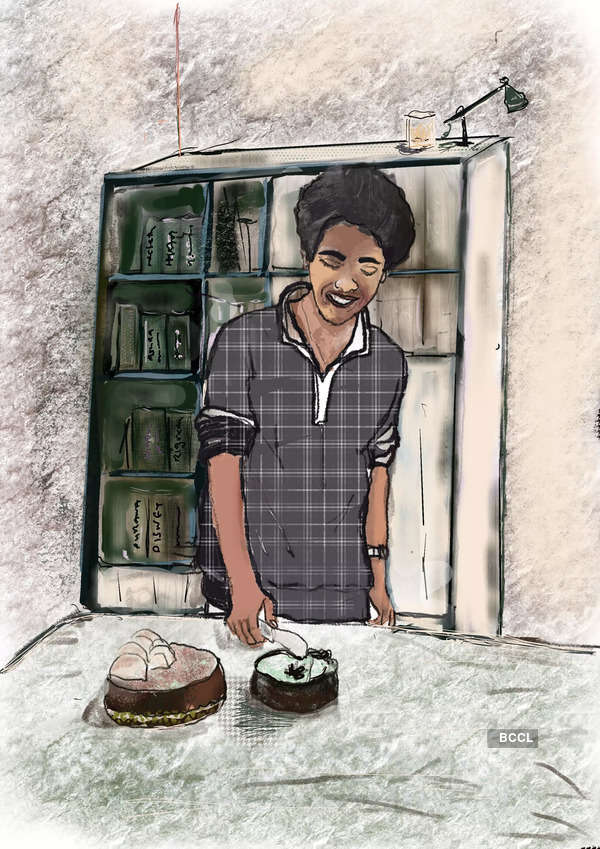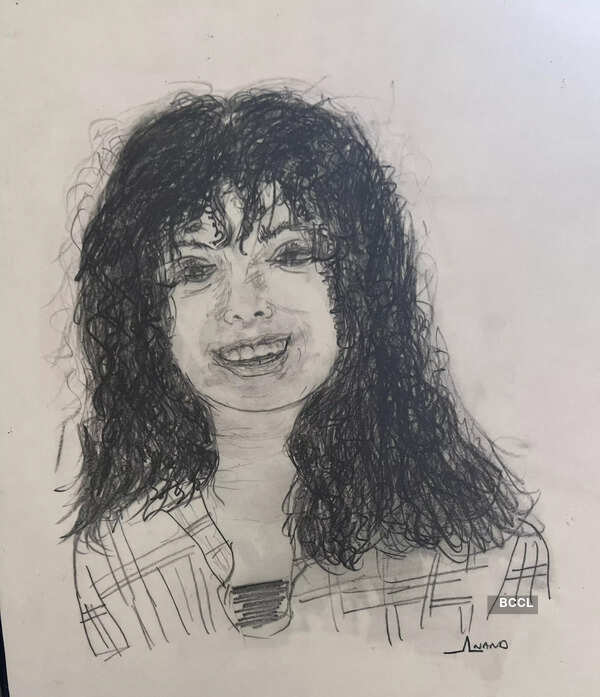[ad_1]
1. You have written mytho-fictions for adults and kids, and now ‘Nala Damayanti’ revisits the timeless story from the Mahabharata. What was the inspiration for writing this book?
I wanted to try my hands on writing a life-affirming, uplifting story from Puranas, that is not dependent on devotion to god but on the choice and actions of humans. I also wanted to try my hands on a romantic comedy. I found both in the tale of Damayanti. All the heroes of my previous books, whether it has been Ravana, Duryodhana, Bali, Sivagami or Kattappa have been warriors. I wanted a different hero who uses one’s wit, and reason to win, and I found that hero in Damayanti and her side kick, Hemanga, the golden swan. The fight is against the god of misfortune, Kali, and is an inversion of the classical fairytale trope of a prince saving a damsel in distress. In my book, the princess saves a man in distress and makes him win.
2. This story was initially written for audio format and later converted into a full-length story. What were the challenges of doing so, if any?
Audio format is more like a stage play with many auditory cues. When converted to a novel, it requires a total rewrite and needs to be more visual. Both are different forms of literature and dabbling in different styles is fun.
3. This is a rom-com– how easy or difficult was it for you to write in this genre?
Writing comedy is always tough. It is one of the toughest genres to write, and I wanted to take up that challenge to grow as a writer. I have never shied away from a writing challenge, and in script format, I have dabbled in most genres. But to try the same in a novel was a challenging experience.
4. The story is also narrated from Damayanti’s perspective– did you find it difficult or challenging to write from a woman’s point of view?
I don’t believe the writer’s gender is important when writing a character’s point of view. Even when writing other novels, I have always portrayed many women characters and their points of view. My ‘Bahubali‘ series also had a strong woman protagonist, Sivagami, and my short story collection, ‘Valmiki’s Women’ is from the point of view of marginalised women characters of Ramayana. It is as challenging or not challenging as writing from any character’s point of view, human or otherwise.
5. In this story, a woman rescues a prince in peril– a role reversal from the usual tales. There is a feminist twist in this story from the Mahabharata… What are your views on it?
The conventional telling of Nala Damayanti has a different approach. It is a tale of poignancy that dwells on Nala’s pathos of separation from his beloved. It is a cautionary tale of going against fate. However, my retelling is different. From Damayanti’s perspective, the tale takes a different hue. It is not the tale of a couple haunted by misfortune but that of a woman fighting and winning bravely against fate. My Damayanti is life-affirming, and so is a prominent character called Rituparna, who enjoys life to the hilt and doesn’t believe in fate or destiny. Under the layer of a delightful romantic comedy, my take has socio-political layers on race, caste, inequality and gender issues.
6. You have worked with renowned filmmakers like SS Rajamouli for ‘Bahubali’ prequel books and now you are co-writing ‘Mahabharat’ with Rakeysh Omprakash Mehra. How has your experience been of working with such ace filmmakers from the industry? Anything in particular that you admire about them/ learned from them?
These are legendary names in the Indian film Industry. I learned from both of them about the importance of a story triumphing over everything. Tell a story you believe in, and tell it well. Rest will fall in place.
7. You have also tried your hands at acting– you have featured in TV series and advertisements. Tell us a bit about it– What inspired you to shift from writing books to writing for screen and then appearing on the screen?
Long ago, when I started writing, it was a hobby. Now, writing is how I make a living. And acting is my hobby. It was sheer chance that I got a role as an antagonist in the TV serial. I had gone to the set to supervise the dialogue, and the actor playing the part was not getting it right after many tries. The director asked me to try the role, and I thought it would be fun. As I had written the script, it was easier for me to get into the character, and I ended up playing the role. After that, I became enchanted with acting and started giving auditions. I acted in two ads so far. I hope some director or producer reading this will offer me the next opportunity. I love to go wherever life takes me.
8. You also do cartooning and painting. Could you tell us a bit about it– what kind of paintings do you do, what’s the inspiration for them?
I used to draw cartoons for Malayalam Magazines decades ago. I still dabble a bit, doodling or scribbling caricatures of the people I meet, but it has been long since I did anything professionally. Painting has always been a hobby. I do landscapes and portraits, but my skills are very basic and raw, as seen from the attached pictures.

Painting by Anand Neelakantan

Painting by Anand Neelakantan

A sketch by Anand Neelakantan
9. From writing books and columns to writing scripts for TV shows, to acting, painting, and being a life coach– you juggle between many things. How do you manage to do so many things?
I have specific times for doing specific things. My day starts very early, giving me a lot of distraction-free time. My life coaching is more about time management, based on my own experience. I use Indian Puranas, Ramayana and Mahabharata to give life lessons.
10. And lastly, what are you working on next?
There are many projects I am working on. I have three audiobooks, one each on Shiva, Devi and Krishna coming out through Audible. I have an audio show coming out with Storytel. I have a children’s book, ‘Mahi- The Elephant Who Flew Over The Blue Mountains’ by Harper Collins coming out soon. I have another children’s chapter book from Penguin. I have ‘Many Ramayanas, Many Lessons’, life lessons from Ramayana to be published as a book soon. I have a nonfiction self help book- ‘The Asura Way: The Ravana path to Success’ through Jaico Publications. On OTT front, Taj’s second and third seasons, divided by blood in Zee 5 are coming. I have the two-part film on Mahabharata to be directed by Rakeysh Omprakash Mehra. I have finished writing a business thriller to be directed by Rohan Sippy. My historical show Swaraaj is being telecast in Doordarshan and has many more episodes yet to be telecast. Apart from the above-said projects, which I have finished writing, I have multiple books to come out through Penguin in the next three years, both in children and adult space.
[ad_2]
Source link


